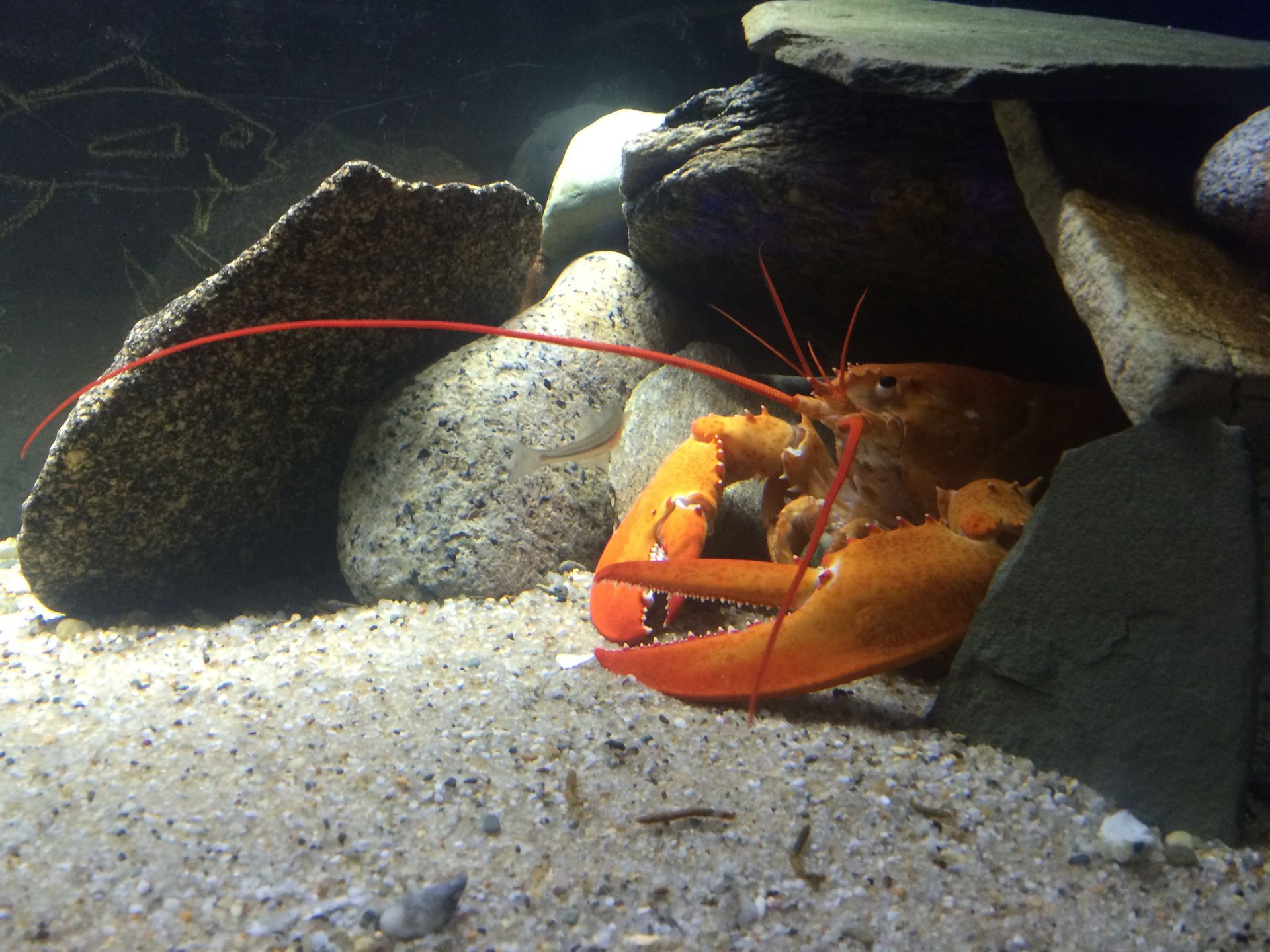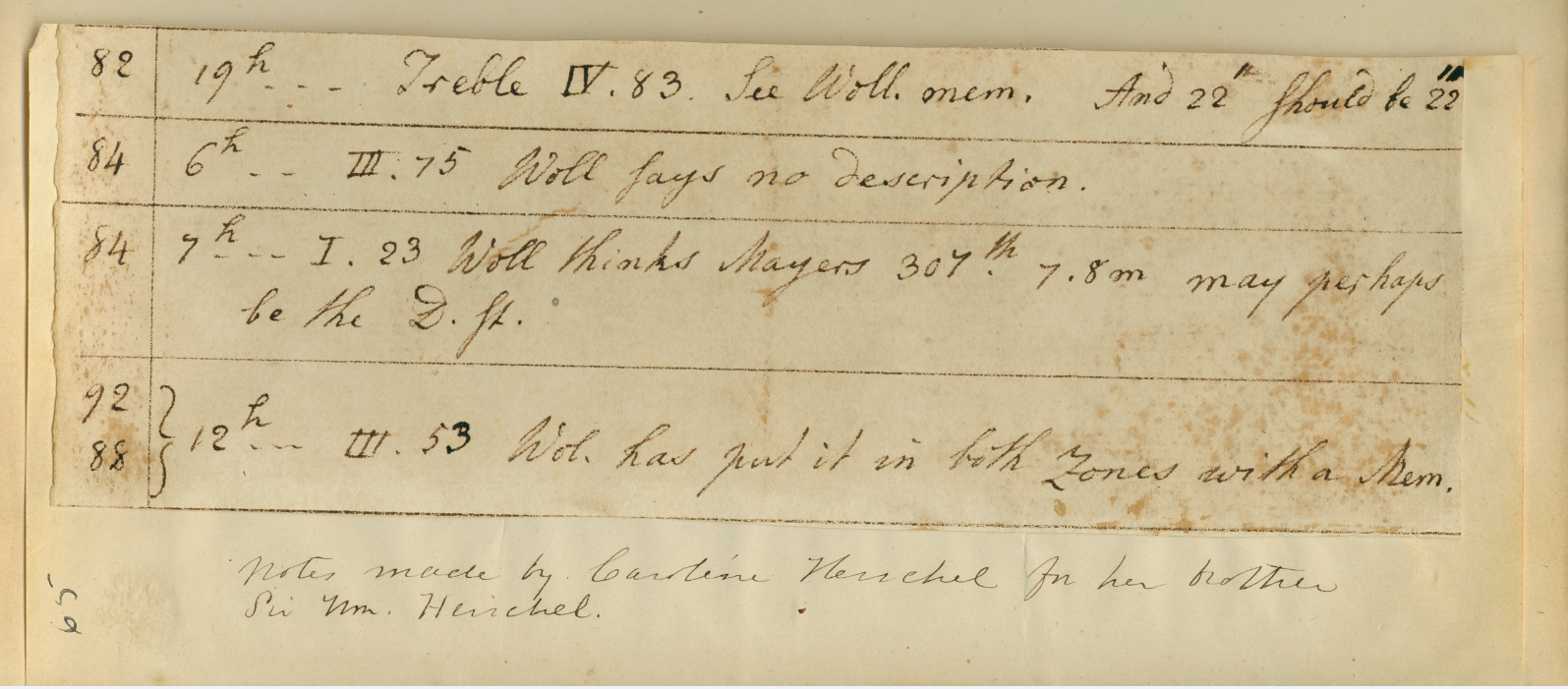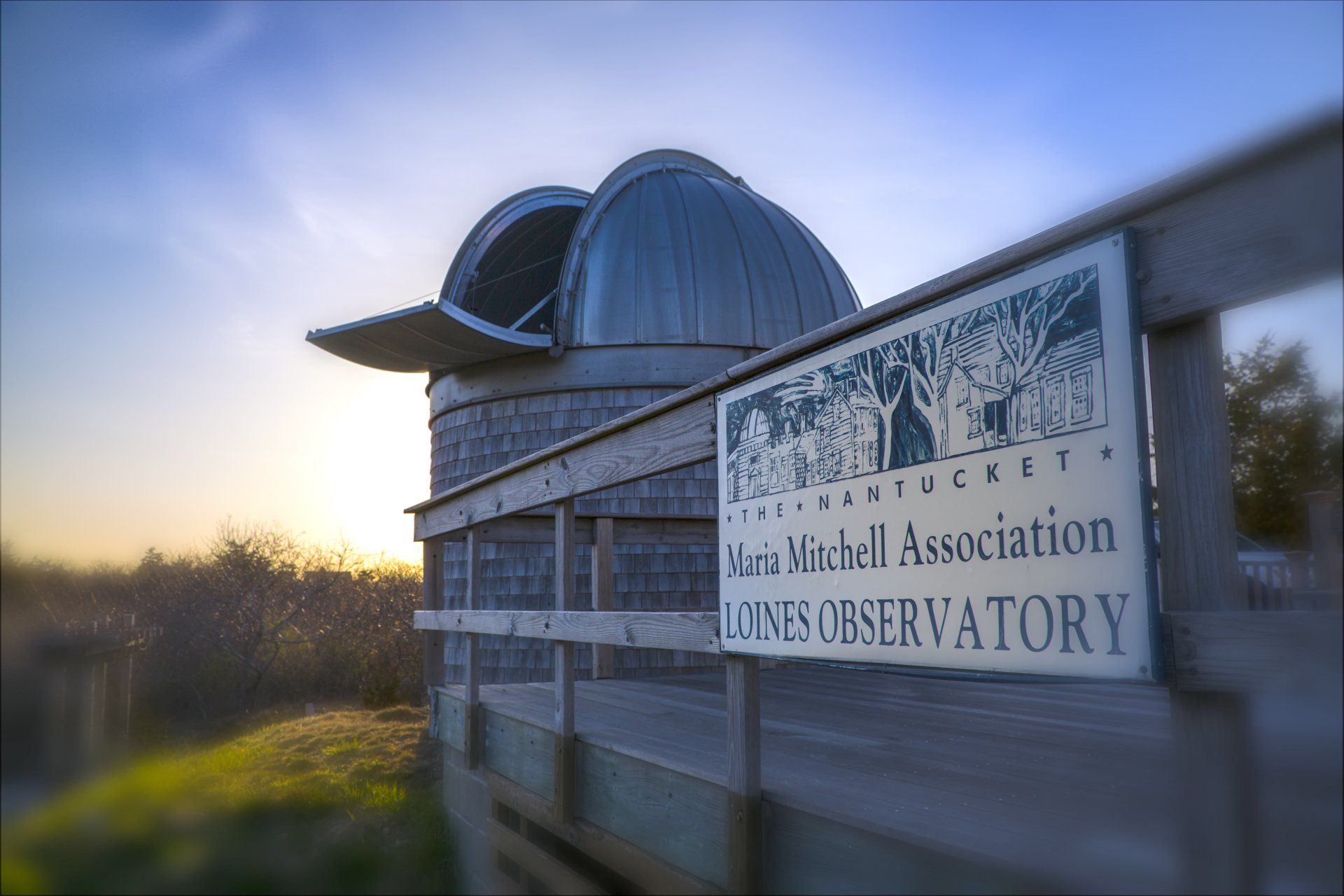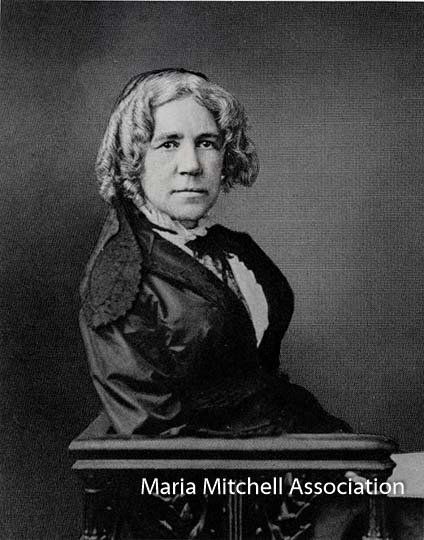Maria Mitchell In Her Own Words
April 6, 1882.
Last night I went to Champney’s to a Reception . . . . My little namesake is lovely . . . .The weather is dismal in the extreme. Lydia Dame arrived this morning. Miss Herschel called yesterday. She is very pleasing. She will probably go back to Vassar when I go . . .
Maria Mitchell’s journals are a mixture of small daily events, her deepest thought, and discussions of science, math, and astronomy. They also show the breadth of her world – meaning the people she came into contact with and the friendships she maintained for life. This little piece is interesting because within the span of twenty-four hours so many portions of her life came together. To start with, Maria Mitchell was close to the Champney family. Lizzie Champney had been a student of Maria Mitchell’s. A prolific author, especially of adventure storied for children, Lizzie and her husband J. Wells “Champ” Champney, an artist, named their daughter after Maria. Lizzie also dedicated a book on constellations to Maria, a book which Champ illustrated. I blogged about this some time long ago. We have a portrait of maria which was painted by Champ and was given to the MMA in 1905 by Maria Mitchell Wells Champney Humphrey, Maria Mitchell’s namesake.
Rose Herschel, daughter of Sir John Herschel, was just a small child when Maria Mitchell spent time with her famous astronomical family at the family home Collingwood during her trip to Europe in the 1850s. Maria Mitchell maintained a lifelong connection to the Herschels – who you may recognize, as John Herschel’s father was the famous William Herschel and his aunt was the astronomer Caroline Herschel. When visiting them in England, Maria was the recipient of a page from Caroline’s notebook from her nephew John Herschel. I have blogged about this before. The page is in the Archives here at MMA.
And Lydia Dame is one of Maria Mitchell’s nieces. She is the daughter of Katherine Mitchell Dame, the youngest child (the tenth) of William and Lydia Mitchell. Kate, as she was referred to, married Owen Dame, a school principal and they lived in Lynn, Massachusetts. The Dame family is one of several reasons why Maria and her father moved to Lynn in 1861 after her mother passed away. Lynn also had a large Quaker population and was close to another sister of Maria’s, Phebe Mitchell Kendall, who lived in Cambridgeport. Additionally, Lynn was close to the Harvard Observatory – Maria and William were close friends of the Bonds who ran its observatory and William served on the observatory’s Board of Overseers for many years. The Mitchells and Bonds collaborated and shared research. Maria would pass away in Lynn in 1889.
JNLF
Recent Posts





